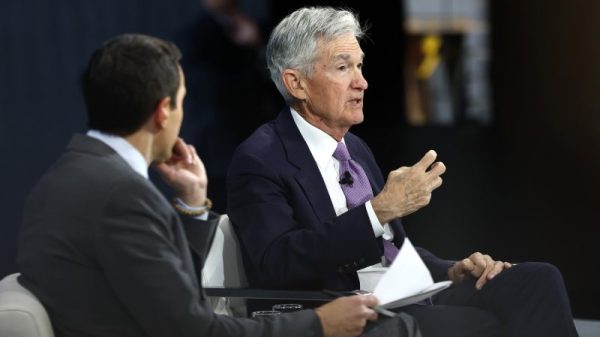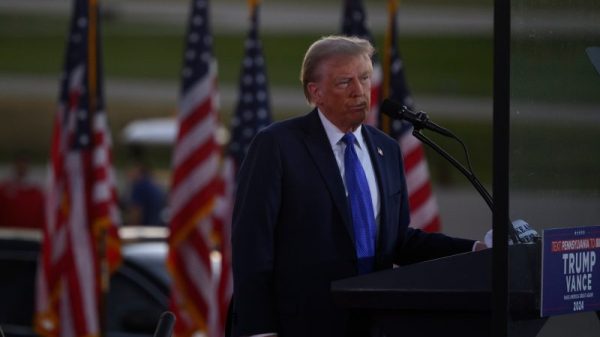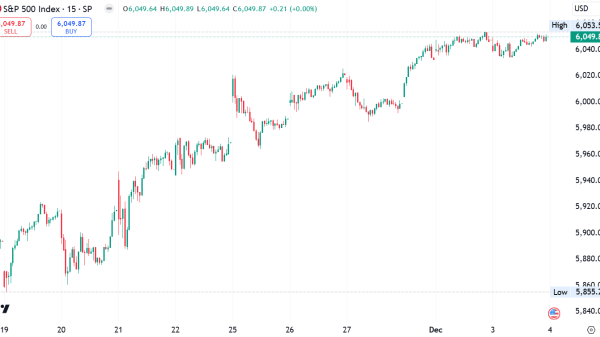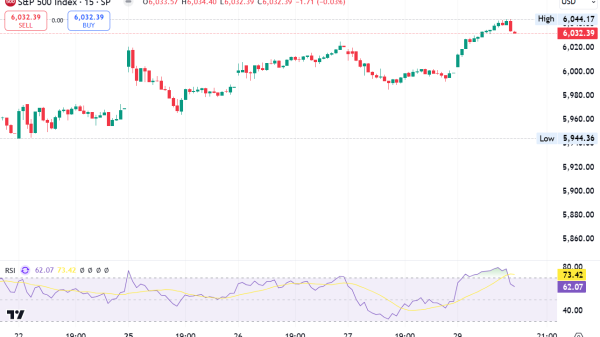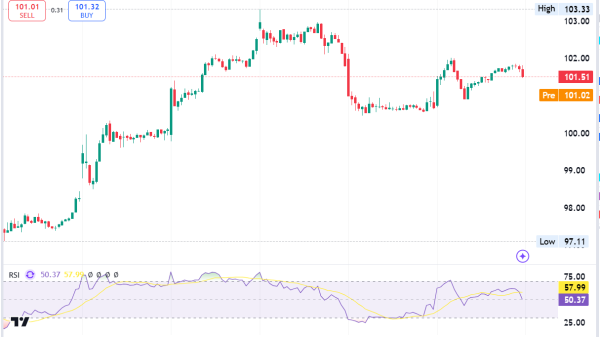Crypto Bubbles: Understanding Market Cycles and Volatility
A crypto bubble occurs when there’s a surge of speculative interest in the cryptocurrency market, causing the prices of digital assets to soar well above their actual worth.
This phenomenon isn’t unique to the crypto market but is a well-documented occurrence in various asset classes throughout economic history. Understanding the nuances of a crypto bubble requires a dive into its characteristics, driving factors, implications, and how it fits into the broader spectrum of market cycles.
Cryptocurrency markets are known for their volatility, experiencing dramatic ups and downs akin to a roller coaster ride. Yet, similar to a roller coaster’s predictable path, these market fluctuations follow cyclical patterns. Recognizing and understanding these cycles is crucial for investors aiming to succeed in the cryptocurrency space.
A crypto market cycle includes various stages without a fixed duration; some cycles may unfold over a few months, while others could span several years. Several external influences, including market sentiment, international events, the rate of cryptocurrency adoption, and regulatory developments, shape the highs and lows in pricing throughout these stages.
Characteristics of a crypto bubble
Crypto bubbles are characterized by a swift rise in the prices of cryptocurrencies, often without a commensurate increase in their fundamental value. This discrepancy between price and value can be attributed to speculative demand rather than utility or adoption levels.
During a bubble, media hype and investor FOMO (fear of missing out) contribute to a bandwagon effect, drawing more participants into the market, thus further inflating prices.
Another hallmark of a crypto bubble is high volatility. As prices skyrocket, they often do so amidst wild swings, reflecting the speculative and uncertain nature of the market. This volatility is a double-edged sword; it attracts traders looking for quick gains while posing significant risks to the uninitiated or those without a clear investment strategy.
Driving factors
Several factors contribute to the formation of a crypto bubble. At the core is the speculative nature of the market. Many investors enter the crypto space with the primary goal of achieving rapid returns, often driven by stories of meteoric rises and overnight millionaires. This speculative mindset fuels buy-ins, pushing prices beyond sustainable levels.
Innovation and technological advancements also play a crucial role. New projects, platforms, and the promise of groundbreaking technology can generate excitement and optimism, leading to investment surges that outpace the actual development and adoption of the technology.
Media coverage and social media buzz significantly influence the crypto market. Positive news can lead to heightened interest and investment, while negative news can cause swift declines. During a bubble, media hype tends to amplify positive sentiments, sometimes ignoring the underlying risks and fundamentals.
Besides, market manipulation and hype by influential figures or entities can exacerbate the bubble. Pump-and-dump schemes, where prices are artificially inflated to be sold off at a profit, are not uncommon, contributing to the bubble’s growth and eventual burst.
Implications and outcomes
The burst of a crypto bubble can have far-reaching implications. Firstly, it can lead to significant financial losses for investors, especially those who entered the market at peak prices without a clear understanding of the risks. The psychological impact on investors can also be profound, leading to a loss of confidence in the crypto market or in investing more broadly.
On a broader scale, the bursting of a bubble can lead to regulatory scrutiny. Governments and financial regulators may step in to implement new rules or tighten existing ones to protect investors and maintain market stability.
This regulatory response can have mixed effects, sometimes stifling innovation or, alternatively, providing a clearer framework that supports sustainable growth.
Market cycles and the crypto bubble
Crypto market cycles, like those in traditional financial markets, are influenced by a complex web of factors. These cycles are characterized by periods of rapid price increases followed by corrections, and understanding the forces behind these movements is crucial for investors. Here are key factors that influence crypto market cycles:
Investor sentiment and behaviour
Investor sentiment plays a pivotal role in driving market cycles. Optimism and euphoria can lead to price surges, while pessimism and fear can trigger sell-offs. Behavioural economics highlights how irrational decision-making, often based on herd behaviour, fear of missing out (FOMO), or panic selling, can exacerbate the peaks and troughs of market cycles.
Technological advances and innovations
The introduction of new technologies or significant improvements in existing blockchain platforms can fuel speculative interest and investment in the crypto sector. Innovations such as smart contracts, decentralized finance (DeFi), and non-fungible tokens (NFTs) have previously led to market rallies by opening up new possibilities and use cases for cryptocurrencies.
Regulatory changes
Regulations, or the lack thereof, significantly impact the cryptocurrency market. Positive regulatory news, such as the acceptance of cryptocurrencies by a country or the approval of crypto-based financial products, can lead to market optimism. Conversely, regulatory crackdowns or bans can cause fear, uncertainty, and doubt (FUD), leading to market downturns.
Market manipulation
Crypto markets are somewhat more susceptible to manipulation due to their relatively low liquidity compared to traditional markets. Practices such as wash trading, pump and dump schemes, and whale movements (large transactions by individuals or entities holding significant amounts of a cryptocurrency) can significantly influence market cycles.
Macroeconomic factors
Global economic indicators and events can influence crypto market cycles. For instance, inflation rates, interest rates, and the performance of traditional stock markets can impact investor appetite for cryptocurrencies. During times of economic instability, some investors might turn to cryptocurrencies as a hedge against traditional financial systems, affecting the cycles.
Adoption rate
The rate at which cryptocurrencies are adopted by consumers, businesses, and governments can influence market cycles. Increased adoption can lead to more stability and sustained growth, while slow adoption rates or setbacks can lead to declines.
Media coverage and public perception
The way cryptocurrencies are portrayed in the media and perceived by the public can significantly impact market cycles. Positive media coverage can attract new investors to the market, driving up prices, while negative coverage can lead to declines.
Understanding these factors is essential for navigating the volatile waters of the crypto market. While predicting the exact timing and magnitude of market cycles is challenging, being aware of the underlying influences can help investors make more informed decisions.
Token offerings, initial coin offerings (ICOs), and market trends
Today’s market is flooded with thousands of different cryptocurrencies. New projects and tokens launch daily since the competitive barriers to entry are relatively low and there are essentially no regulatory restrictions.
A blockchain application that touts utility can quickly build market momentum, especially if it improves upon a competing application. If a new competitor gains momentum, it takes value from the existing competition, thereby sending the price of the incumbent down as the new competitor’s crypto sees its price move higher.
In today’s dynamic market, there is an abundance of cryptocurrencies, with new tokens and projects emerging on a daily basis. The relatively low barriers to entry and the minimal regulatory hurdles make it easy for these new ventures to launch.
When a blockchain application promotes its utility, particularly if it claims to enhance the functionality of a rival application, it can swiftly gain traction in the market. This surge in momentum for a new entrant can lead to a shift in value from established competitors.
As a result, while the price of the new contender’s cryptocurrency ascends, the value of the existing players’ tokens may decline.
Conclusion
The crypto bubble phenomenon underscores the volatile and speculative nature of the cryptocurrency market. While it offers the potential for significant gains, it also poses substantial risks. Investors and participants in the crypto space must navigate these waters with a clear understanding of market dynamics, a keen eye on fundamentals, and a strategy that accounts for the inherent risks.
Understanding that bubbles are part of the larger market cycles can provide valuable perspective. It highlights the importance of long-term thinking, due diligence, and the readiness to adapt to the ever-evolving landscape of the crypto market. Ultimately, the cycles of boom and bust offer lessons that can lead to a more mature, stable, and innovative cryptocurrency ecosystem.
The post Crypto Bubbles: Understanding Market Cycles and Volatility appeared first on FinanceBrokerage.








